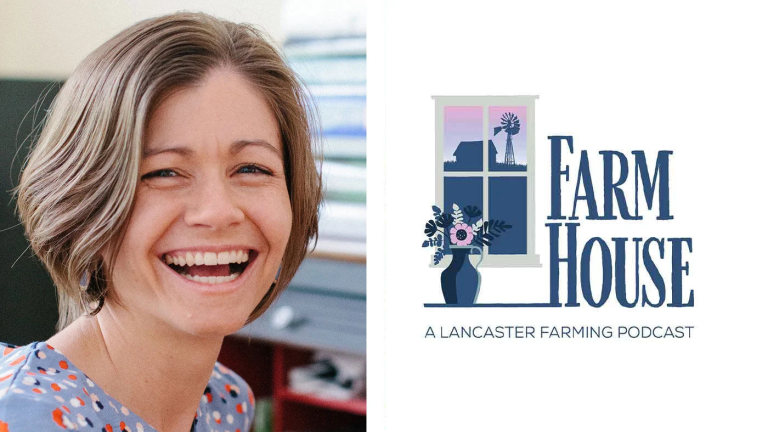
In this episode of the FarmHouse, a podcast by Lancaster Farming, MIT Environmental Solutions Journalism Fellow Carolyn Beans speaks about her recent series of articles on climate-smart dairy.
By Candice Wierzbowski and Stephanie Speicher
This week on the FarmHouse, a podcast by Lancaster Farming, we’re talking to Carolyn Beans, a freelance science reporter with a focus on food and agriculture.
Beans is currently an MIT Environmental Solutions Journalism Fellow. Through the fellowship, she is writing a series on climate-smart dairy that is being published in Lancaster Farming.
“The fellowship is designed to support journalists who are working on stories that explore environmental solutions specifically for local audiences,” Beans said.
The term climate-smart is a bit of a newer buzzword, but Beans said despite the new terminology, there are a lot of practical ways to implement it on farms, many of which farmers are already familiar with.
“What climate-smart means now is many of the things that a lot of dairies are already doing,” Beans said. “Things like cover-cropping counts, things like no-till farming counts. More of the newer technologies to bring down greenhouse gases also count. Things like methane digesters, or even something like a liquid-solid separator.”
The term itself can be a bit polarizing, but Beans said she saw conservation practices at all of the many dairy farms she visited throughout Pennsylvania.
“I think every single dairy farmer I spoke with had already done something to improve the sustainability of their farms,” Beans said.
Beans didn’t start out heavily involved in the agriculture industry. She always had an interest in plants, and at one point worked at a flower farm.
This led her to eventually studying biology and digging into the field of science reporting.
“Talking about food is a thing that everyone is interested in. We all eat. We all have some feelings about food,” Beans said. “So it’s a topic that allows me to cover a lot of science while just meeting people at a topic that I think they really care about.”
Check out the podcast episode at Lancaster Farming and read Beans's articles on the economics of climate-smart milk; measuring greenhouse gas emissions at dairies; dairies and carbon markets; and selling climate-smart products.



